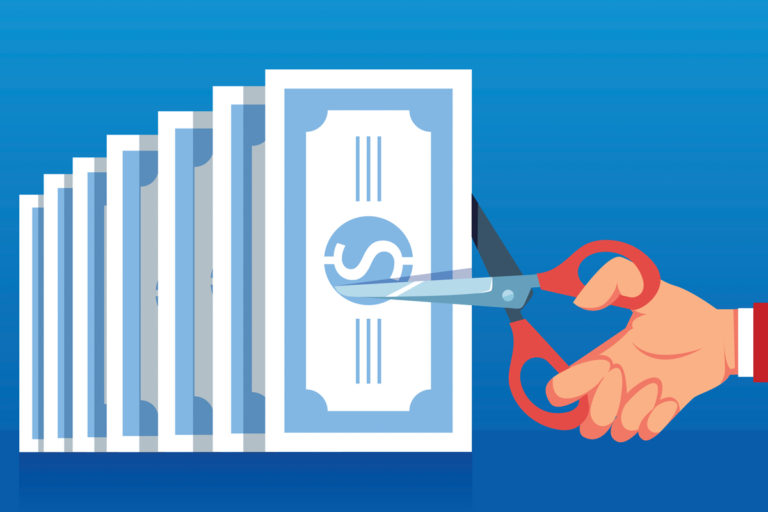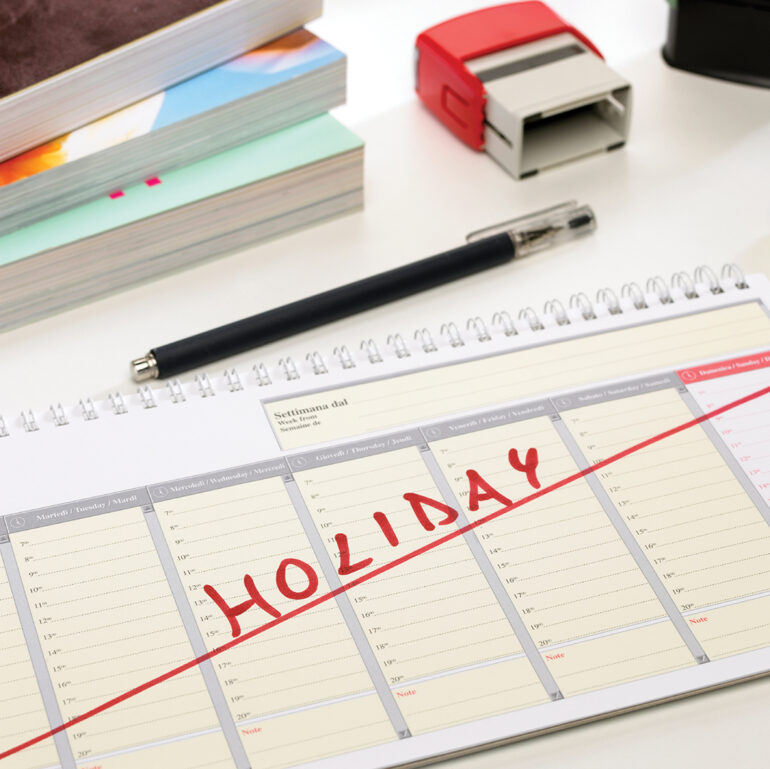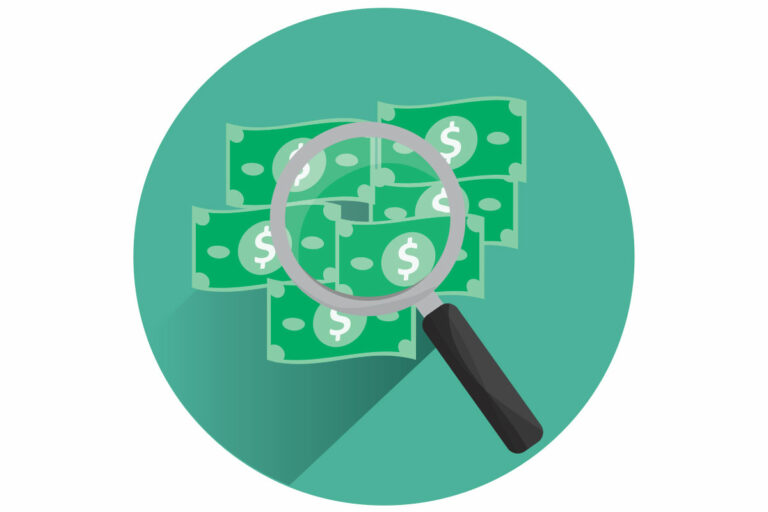Boost Your Closing Ratio

I was the general manager of a trades company for many years. Salespeople would come by the office on a regular basis. Each would make their sales presentation, usually taking a significant amount of my time. At the conclusion of their presentation they would leave, often without asking for the sale. More than a few times I was actually interested in what they had to offer, but a strange thing consistently happened: They never called! Perhaps the salesperson thought that if I were really interested, I would call them. Back then, my days were structured much like yours; I was putting out fires all day long. Sure, I should have contacted the salesperson if I were really interested, but I was really busy. After a few days, or a week, I would forget about the product or service. The potential sale, from an interested customer, was lost. Why? Lack of follow up.
Follow up is consistent, planned contact with a potential customer that is only concluded when the customer responds in one of two ways: The customer accepts the offer and the work is scheduled, or the customer tells the salesperson they have selected someone else or have decided not to have the work done. It should not be concluded because the salesperson stops making contact.
When an individual, distributor, manufacturer or association has expressed interest in our services, we have an unwritten, fully understood rule. We continue to make contact until they either schedule a program or on-site overview, or they decide not to use us. We do not pester. At the conclusion of each contact, we simply ask a straightforward question: “When would be a good time to touch base without bothering you?” That question reveals a lot about their interest level, and their answer often surprises me.
Not Interested
If the company or organization is not really interested, they will, in a nice way, suggest that they get in touch with me if they are interested. That soft no is highly acceptable. If the interest is not there, I don’t want to waste their time or mine.
Setting the Next Follow-Up Call
If they are interested, they will simply respond by saying, “Why don’t you call me next Tuesday, in a couple of weeks or months from now?” At the conclusion of the call, I make notes in our customer base about our conversation, then schedule the follow-up call. Because I talk to dozens of people each week, the notes are recorded and serve as a refresher of our last conversation, which I can review before contacting them again.
The Surprise Response!
We all know assuming can get us in trouble, but most of us do it anyway. As a trained salesperson, it’s easy to become confident as to where the potential client is within the sales process. When I ask the question about a good time to call back, I have often assumed the customer would say a few weeks or a month. Sometimes I am wrong. Instead of putting me off for a couple more weeks, they sometimes respond with, “We have actually been discussing this. Why don’t you give me a call next Tuesday?” I then assure them I will call back, as scheduled. When I hang up the phone, I take a deep breath. A smile comes across my face with the knowledge that the sale is about to be closed.
It’s not that the customer isn’t interested; it’s that they are busy with 28 other things that have nothing to do with your company. Well over 90 percent of the work we schedule comes because we followed up, as opposed to the customer taking time out of their busy schedule to call us.
Follow-up calls say something else to the customer: that you want to do the work. On the other hand, if you don’t call back, the customer assumes you are either not interested and/or are too busy to do the work. When the salesperson calls back as scheduled, that one bit of integrity can often close a sale.
As long as the customer allows you to continue to make follow-up calls within the time periods they specify, they are still interested. Be sure you are a squeaky but polite wheel.
Follow up is not limited to sales. The same principle applies to collections. If the customer has not paid his or her bill, there is a reason. Normally, the foundational problem is that the customer has more bills than money. Who gets paid first? The company that routinely follows up.
Call Tips
Do Not Leave a Voice Message
If the customer is not there or is unavailable, DO NOT leave a voice message, they are too easy to ignore.
Do Not Leave Your Name and Phone Number
You are probably talking to dozens of people a day. If you leave your name and number, and the customer actually does call back, it is often difficult to remember that customer and their circumstances. Not recalling details right off the bat can make the salesperson sound uninterested. The customer is thinking, “He asked me to call him back, and he can’t even remember who I am!” It’s best to review their file beforehand so details are fresh. If the person asks for your name and number, simply say, “I am going to be in and out of the office the rest of the day. When would a good time be for me to call back?”






